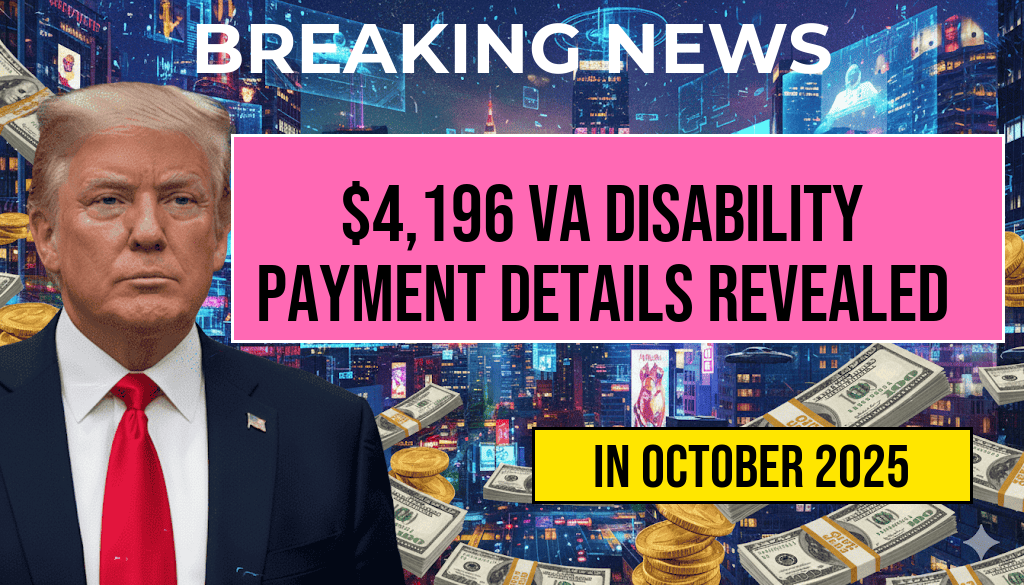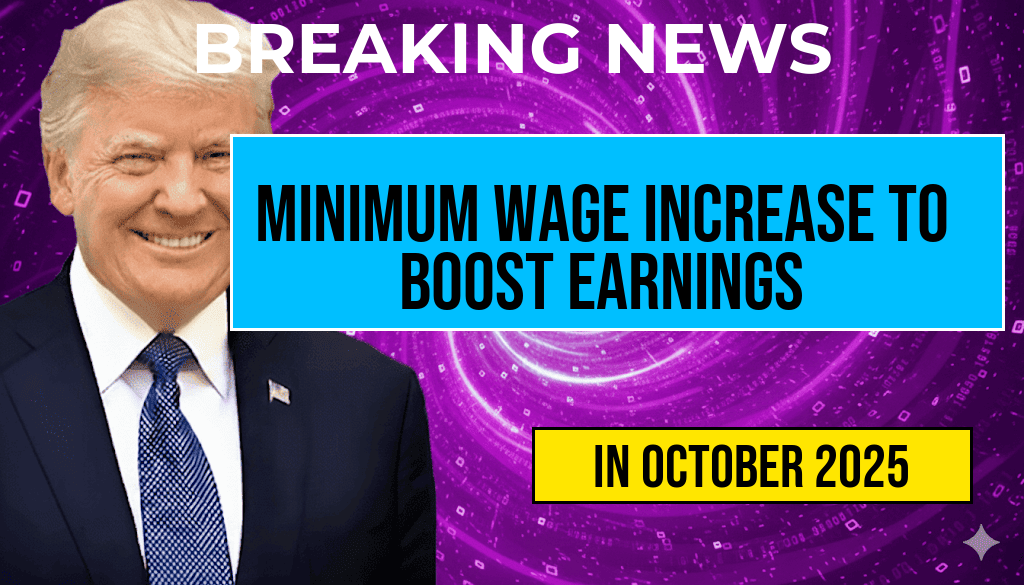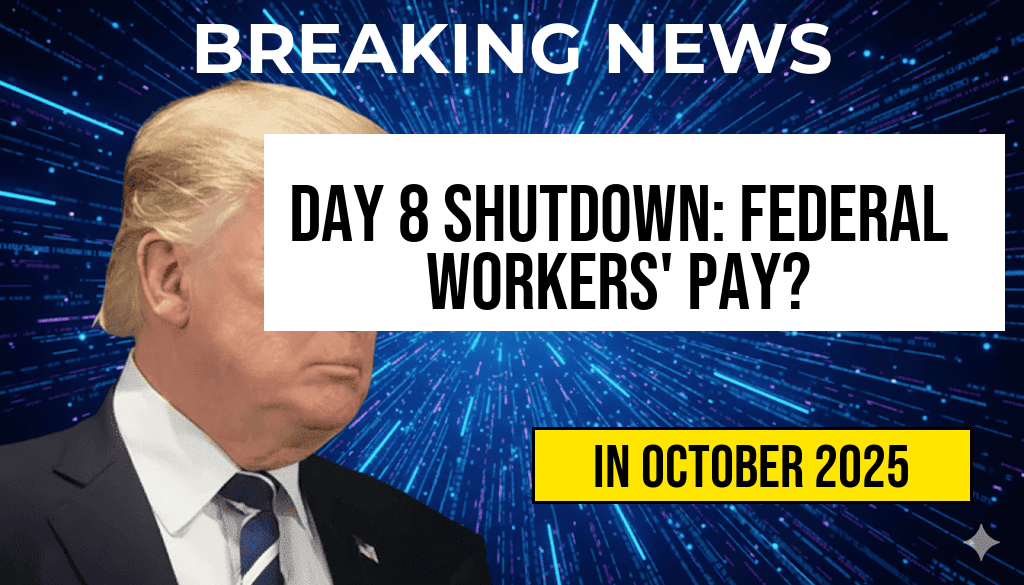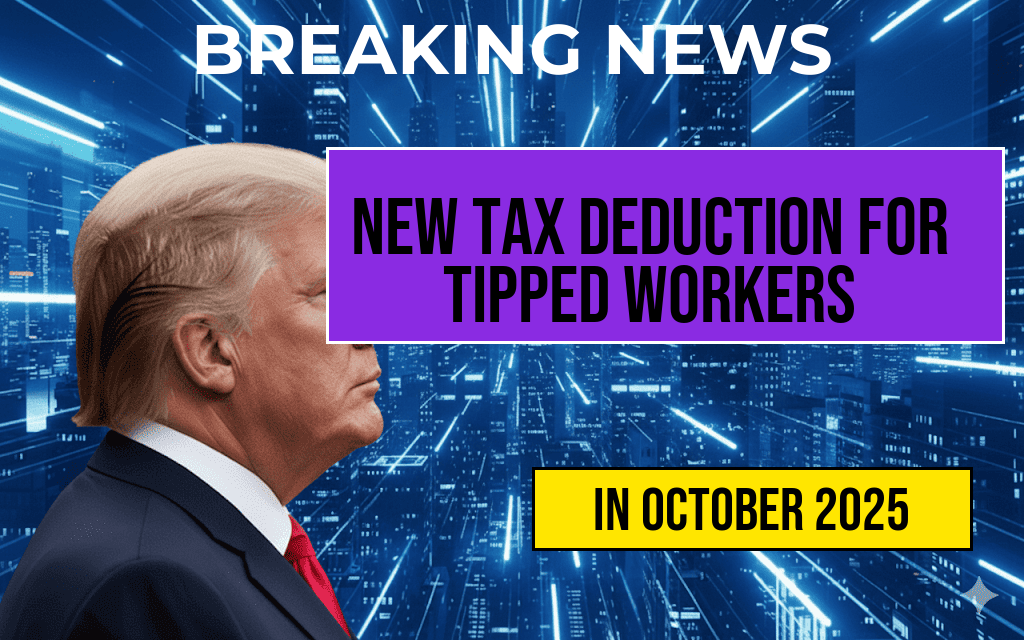As the federal government enters the eighth day of a shutdown, uncertainty looms for the millions of federal workers affected by the impasse. With negotiations stalled in Congress, employees are left questioning whether they will receive no pay or full compensation for the period of the shutdown. This situation is particularly precarious as employees brace for the financial strain that often accompanies government closures. Previous shutdowns have offered some insights into potential outcomes, yet the current political climate adds layers of complexity to the unfolding situation. Stakeholders are watching closely as key figures in Congress scramble to reach a resolution that could either alleviate the financial burden on workers or extend the shutdown indefinitely.
Impact on Federal Workers
The ongoing shutdown has significant implications for the federal workforce, with approximately 800,000 employees across the nation facing uncertainty. Federal employees are categorized into two groups during a shutdown: essential and non-essential. Essential workers are required to continue their duties, while non-essential personnel are furloughed without pay. As the shutdown lingers, many employees are left wondering how their financial situations will be impacted.
Will Employees Receive Back Pay?
One of the central questions surrounding the shutdown is whether federal workers will receive back pay once the government reopens. In previous shutdowns, Congress has passed legislation to ensure that federal employees receive compensation for the duration of the shutdown, even if they were temporarily furloughed. However, this outcome is not guaranteed and depends on the political negotiations currently underway.
Historical Context
To understand the implications of the current shutdown, it is helpful to examine past federal shutdowns. The 2018-2019 government shutdown, which lasted 35 days, resulted in federal employees receiving back pay. The same was true for the 2013 shutdown, which lasted 16 days. However, the political landscape today is markedly different, and newly elected officials may have varying opinions on the issue of federal worker compensation.
- 2013 Shutdown: 16 days, back pay provided.
- 2018-2019 Shutdown: 35 days, back pay provided.
- Current Shutdown: Ongoing, outcome uncertain.
Political Dynamics at Play
The current deadlock in Congress is largely driven by disputes over federal spending and policy priorities. Lawmakers are divided on issues such as immigration reform and healthcare funding, which complicates negotiations for a budget resolution. Some members of Congress argue that federal workers should not be penalized for political disagreements, while others maintain that budgetary constraints must be addressed before any agreement can be reached.
Public Sentiment
Public sentiment is increasingly leaning towards supporting federal employees during the shutdown. Advocacy groups have mobilized to raise awareness about the hardships faced by workers and their families, emphasizing that a prolonged shutdown could lead to significant financial distress for many households. As the days without pay accumulate, the pressure on lawmakers to reach a resolution is mounting.
What Lies Ahead?
As the shutdown drags into its second week, there is cautious optimism among some lawmakers that negotiations may soon yield results. Bipartisan talks have begun to take shape, with some representatives calling for immediate action to fund the government and ensure that federal employees are compensated for their time away from work. However, the road to resolution remains fraught with challenges, and the timeline for a potential agreement is still unclear.
Looking for Solutions
For federal workers, the next steps are critical. Many are urged to prepare for potential financial hardships, including budgeting for unpaid leave and exploring alternative income sources. Additionally, employees are encouraged to stay informed about the ongoing negotiations and any developments that may affect their compensation.
| Year | Duration | Compensation Outcome |
|---|---|---|
| 2013 | 16 days | Back pay provided |
| 2018-2019 | 35 days | Back pay provided |
| 2023 | Ongoing | Outcome uncertain |
As the situation continues to evolve, federal workers and their families remain hopeful for a swift resolution that will ensure fair compensation and restore normalcy. Stakeholders and advocates are closely monitoring the developments, emphasizing the importance of supporting those who serve the country through their work in government.
For more information on the implications of government shutdowns, visit Wikipedia or read analysis from Forbes.
Frequently Asked Questions
What happens to federal workers during a government shutdown?
During a government shutdown, many federal workers may be placed on furlough, meaning they are temporarily laid off and will not receive pay until the shutdown ends.
Will federal workers receive any pay during the shutdown?
Typically, federal workers on furlough will not receive pay during the shutdown; however, those deemed essential may continue to work without immediate compensation.
Will federal workers receive back pay after the shutdown ends?
Yes, once the government reopens, federal workers who were furloughed are usually entitled to back pay for the duration of the shutdown.
Are there any exceptions to the pay rules during a shutdown?
Some essential workers may remain on the job and are required to work during a shutdown, though they may not receive pay until the government is funded again.
How can federal workers get updates on their pay status during a shutdown?
Federal workers can stay informed about their pay status through official communications from their agencies and by checking the government’s website for updates regarding the shutdown.











